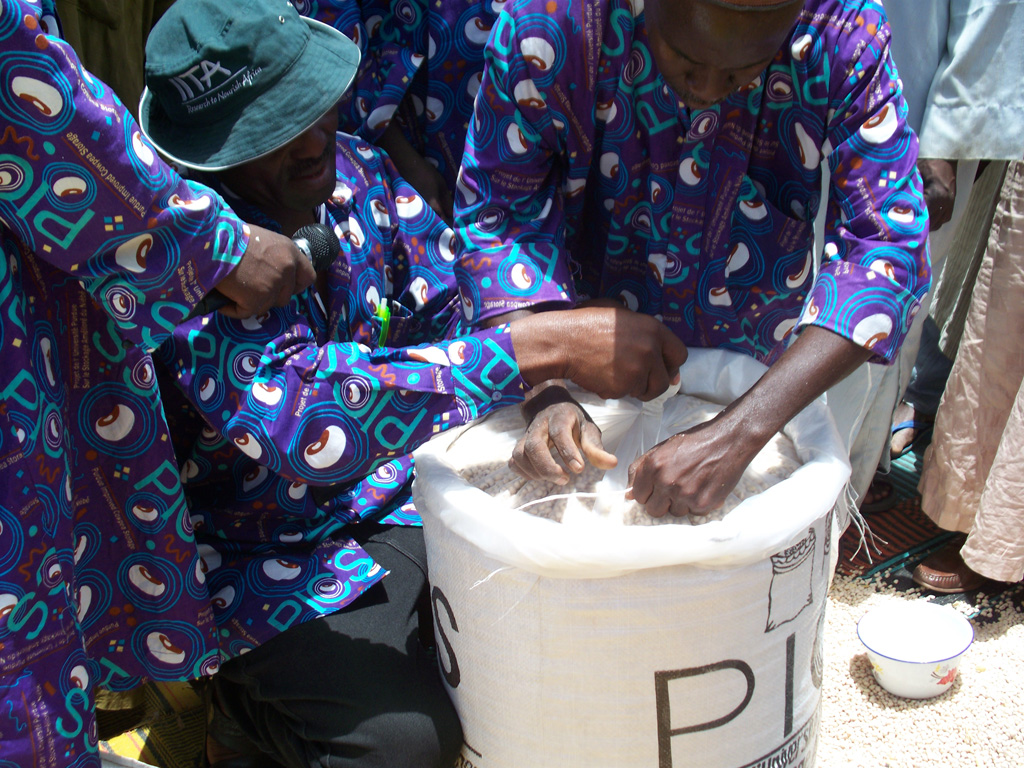
Five technologies SME agribusiness can apply to address food loss in Africa and Asia
November 29, 2023
Food loss in some value chains in sub-Saharan Africa can reach 60%. Therefore, reducing food loss is one of the quick wins for both climate change mitigation and improving incomes for farmers. As key intermediaries in agriculture, small and medium sized agribusiness can apply innovative and commercially viable approaches across the value chain by providing farmers with access to technologies, techniques and finance.
CASA’s latest report is ‘Opportunities and drivers for SME agribusinesses to reduce food loss in Africa and Asia’. It highlights how policymakers, development partners, investors, and the private sector can all play important roles in mobilizing the adoption of food loss technologies and approaches.
Alvaro Valverde, Private Sector Engagement Manager for CABI, and CASA’s Engagement, Learning & Communication Lead said: ‘Tackling food loss is one of those great examples where food security, climate outcomes, and profit for commercially driven agribusinesses can come together. Some of the technologies, like hermetically sealed bags and accessing e-commerce systems, are already available in the market and require only modest investment by smallholders with the potential for significant upsides in improved incomes. The report offers four technologies that reduce food loss and one which looks to turn waste into value, making the best use of all the food that is produced on the farm.’
The report suggests four steps:
Build product awareness and trust
- Implement traditional and digital marketing campaigns to drive awareness of the financial benefits of food loss technologies for agri-SMEs
- Ensure pilots and programmes to drive uptake all have robust data collection components
Increase finance through tailored products and risk-sharing
- Design and de-risk asset financing products which match profile of food loss technologies
- Utilize Results Based Finance schemes to introduce cooling as a service models in harder to reach areas
- Direct investment from DFIs into manufacturers
Fund product R&D and business model innovation
- Continue to support product developers and manufacturers to reduce the cost and improve reliability of food loss technologies
- Provide funding to agri-SMEs to test new business models which reduce food loss
Develop supportive policies and enforce standards
- Reduce or eliminate import tariffs and customs duties for food loss technologies
- Create incentives for investment in end-to-end cold chains
- Improve enforcement of food safety standards
The five technologies

E-commerce linked rural producers to urban retailers
- Agri-ecommerce platforms can reduce food loss by direct linkages between farmers and retailers to make supply chains more efficient. Successful agri-e-commerce companies combine logistics, warehousing and aggregations at rural-based hubs This models scales effectively where there is a good road infrastructure.
Three storage technologies:
- Hermetic storage bags and cocoons create a hypoxic environment with 100% pest mortality and reduced growth of mould and aflatoxins that enables dried products to be stored into the long term without chemicals. This enables farmers to exploit higher mid-season prices with minimal storage losses.
- Solar drying, delivered close to production, provides value addition and preservation. It works where demand for dried produce is high. Successful models typically involve an agribusiness off-taker works with farmers and SME producers, providing technology, training and often a guaranteed offtaker arrangement.
- Solar-powered cold rooms have high upfront cost but short payback periods where food loss is reduced and improved prices are available for premium quality produce. “Cooling as a service” business models can extend the benefits of solar-cold room technology to smaller agri-SMEs and micro-entrepreneurs unable to afford the capital investment themselves.
Processing damaged produce into animal feed
- Waste to value or circular economy approaches can utilize bruised or damaged fruits and vegetables to feed black soldier fly larvae to produce animal feed and compost
Recommendations of the report
| Agribusinesses and capital providers should ensure that the businesses they invest in build product awareness and trust, by: – Ensuring marketing campaigns are implemented to drive awareness of the financial benefits of food loss technologies. – Ensuring that pilot programmes to drive uptake have robust data collection. |
| Capital providers and donors should fund product research and development and innovation in business models, by: – Supporting product developers and manufacturers to reduce the cost and improve the reliability of food loss tech. – Providing funding for agri-SMEs to test new business models which reduce food loss. |
| Capital providers should increase finance through tailored products and risk-sharing by: – Designing and de-risk asset financing products which match the profile of food loss technologies. – Utilizing results-based finance schemes to introduce cooling as a service model in harder to reach areas. |
| Governments should develop supportive policies and enforce standards by: – Reducing or eliminate import tariffs and custom duties for food loss tech. – Creating incentives for investment in end-to-end cold chains. – Improving enforcement of food safety standards |
Further information
Access the full report: Opportunities and drivers for SME agribusinesses to reduce food loss in Africa and Asia.
Download a one-pager summary of the report.
Photo credit: International Institute of Tropical Agriculture